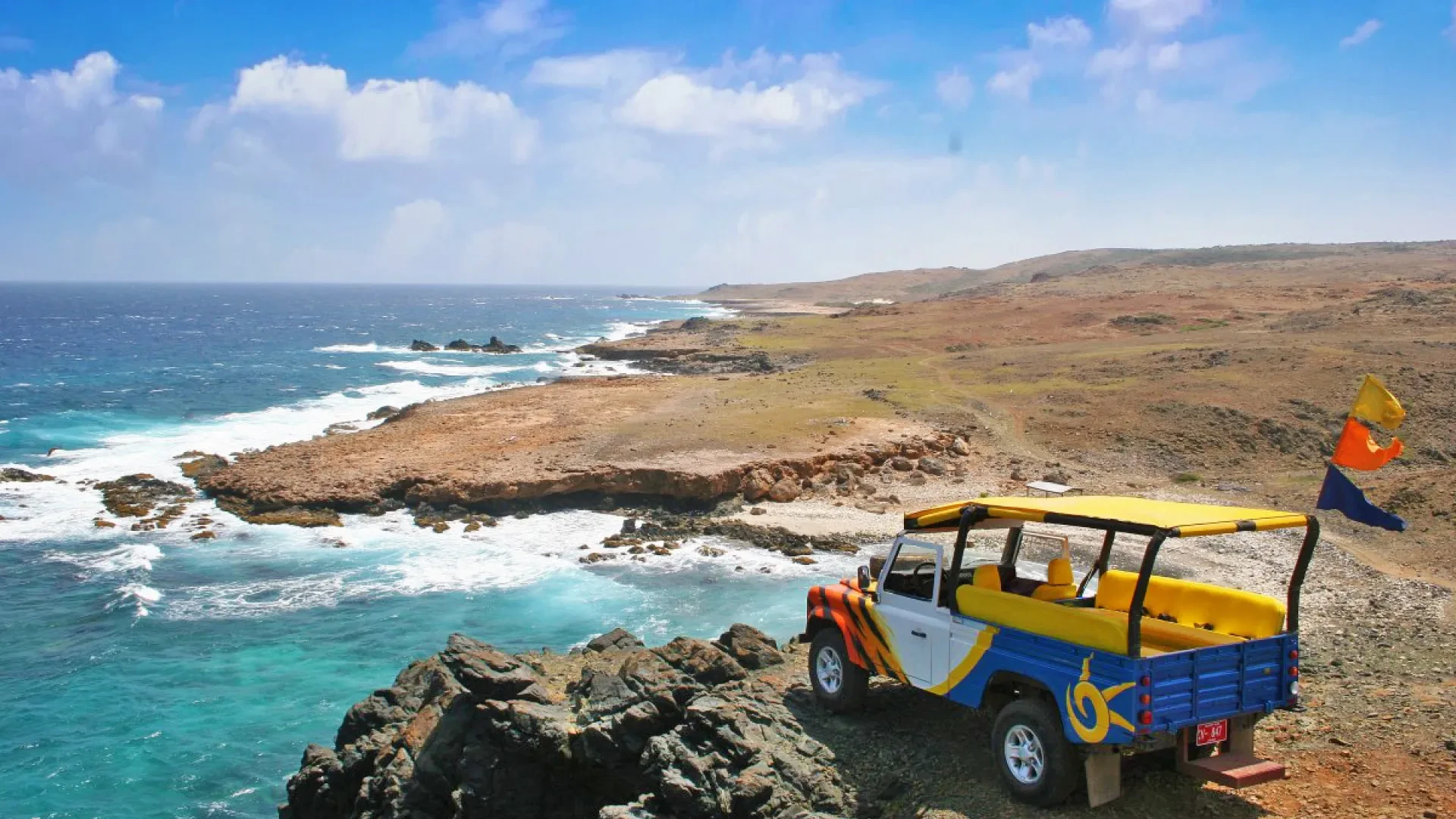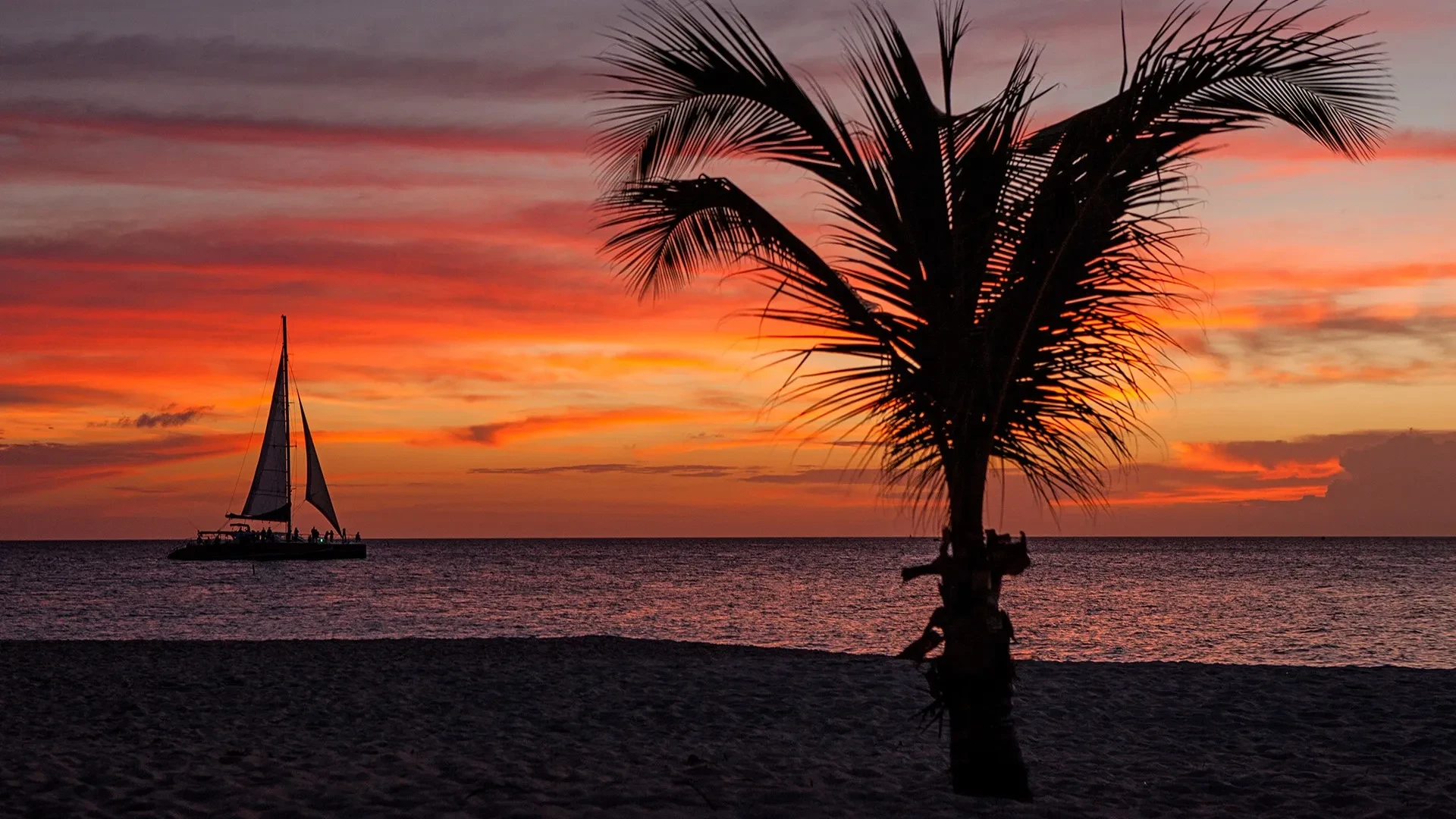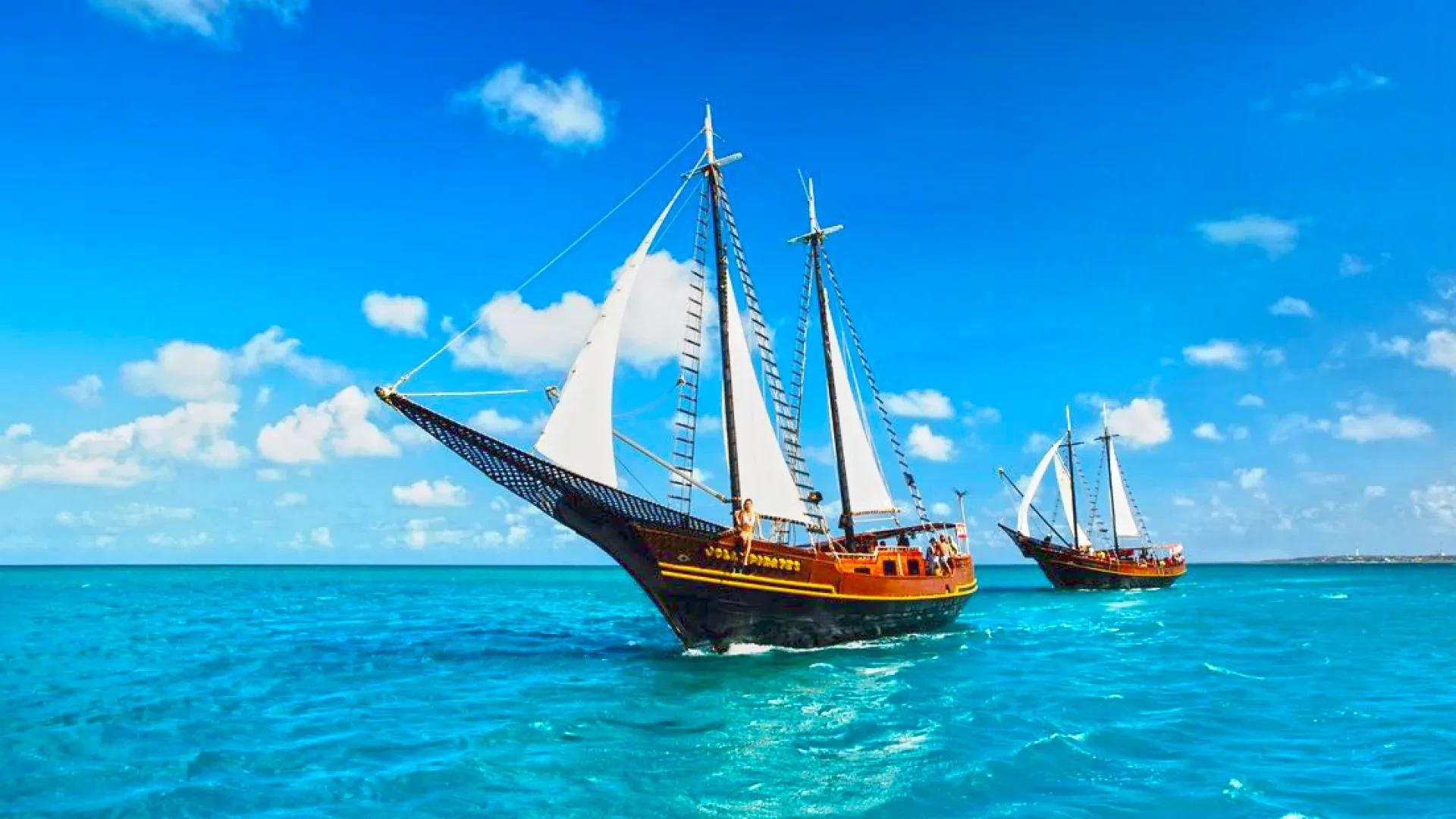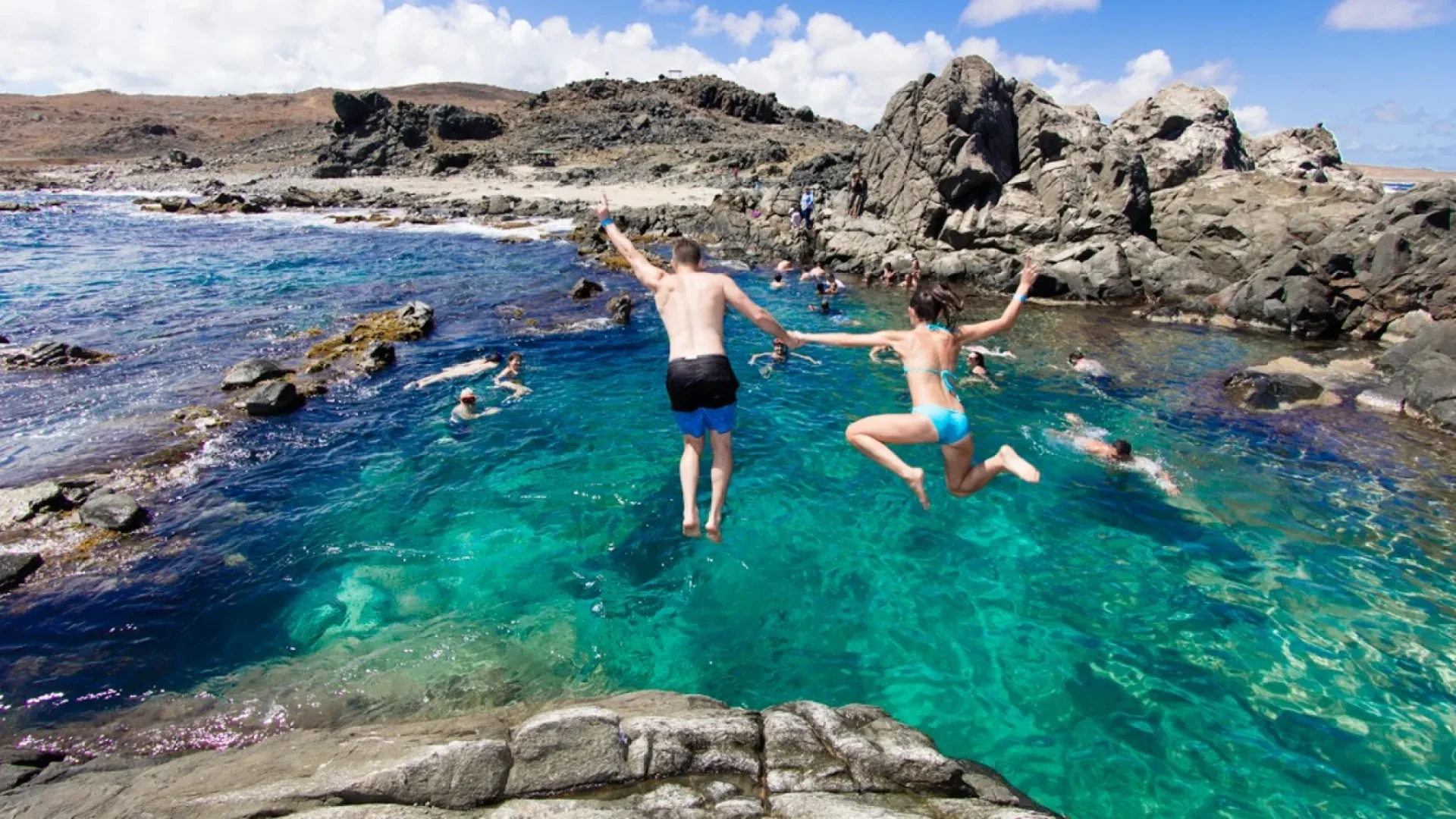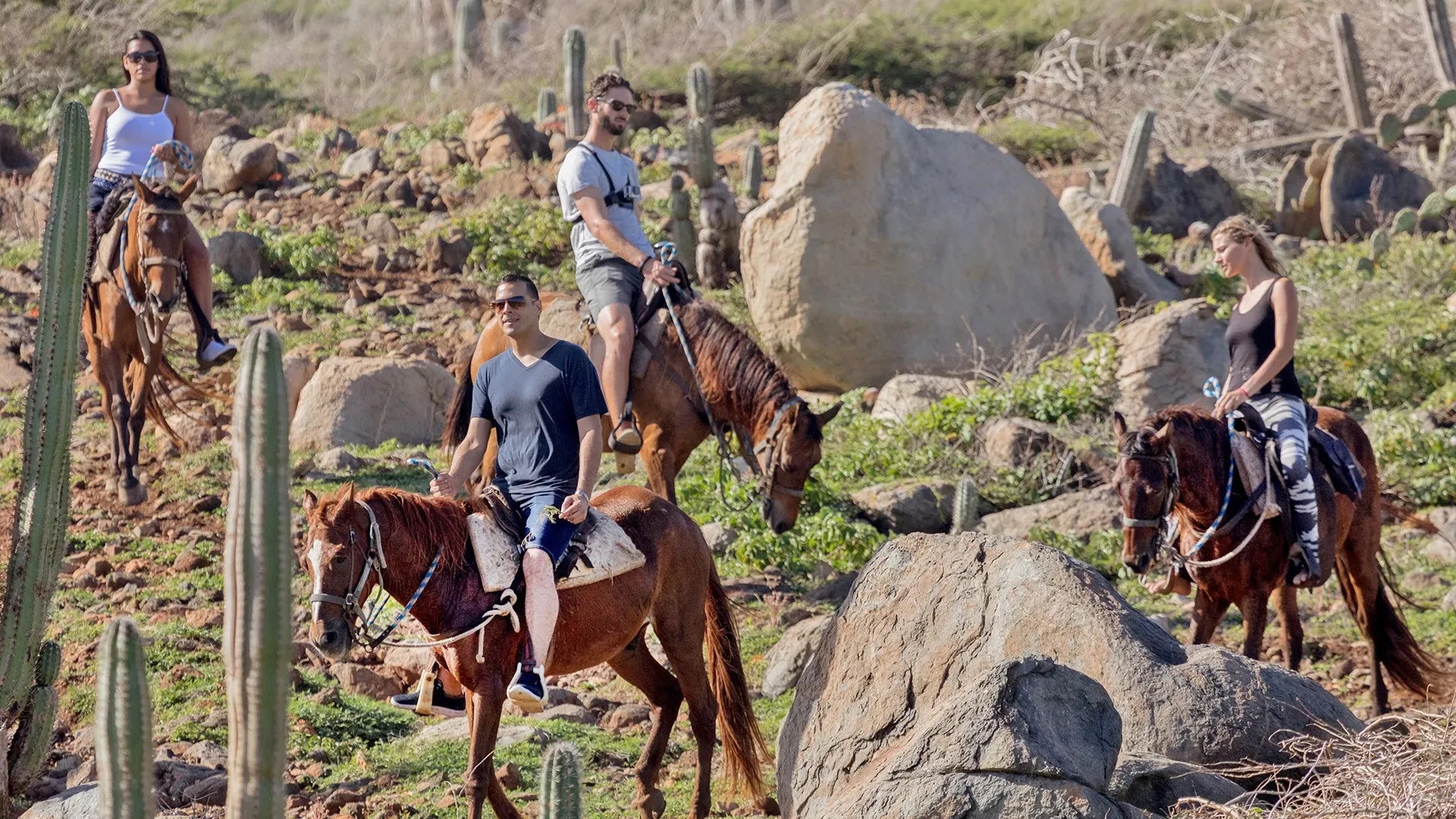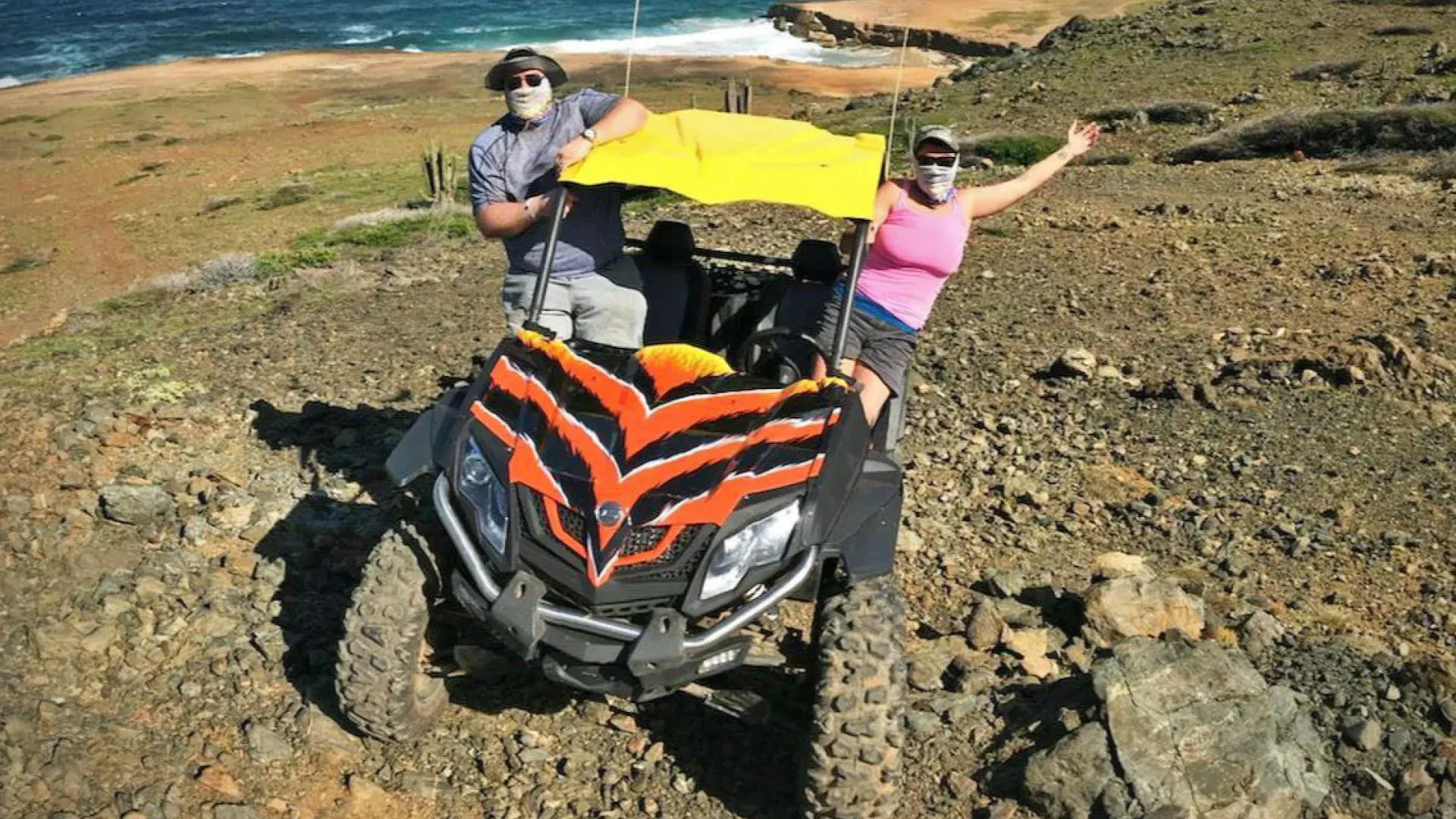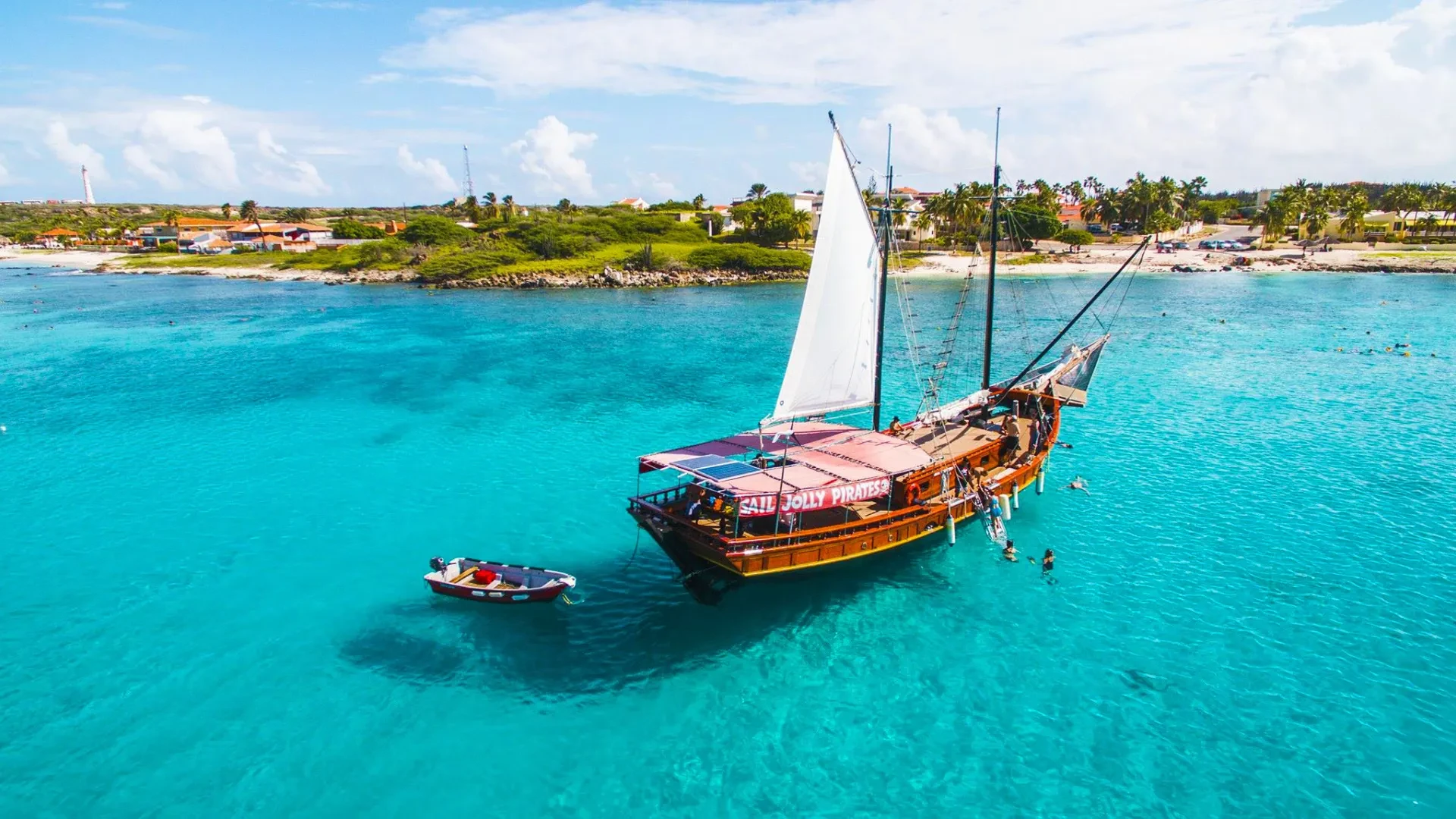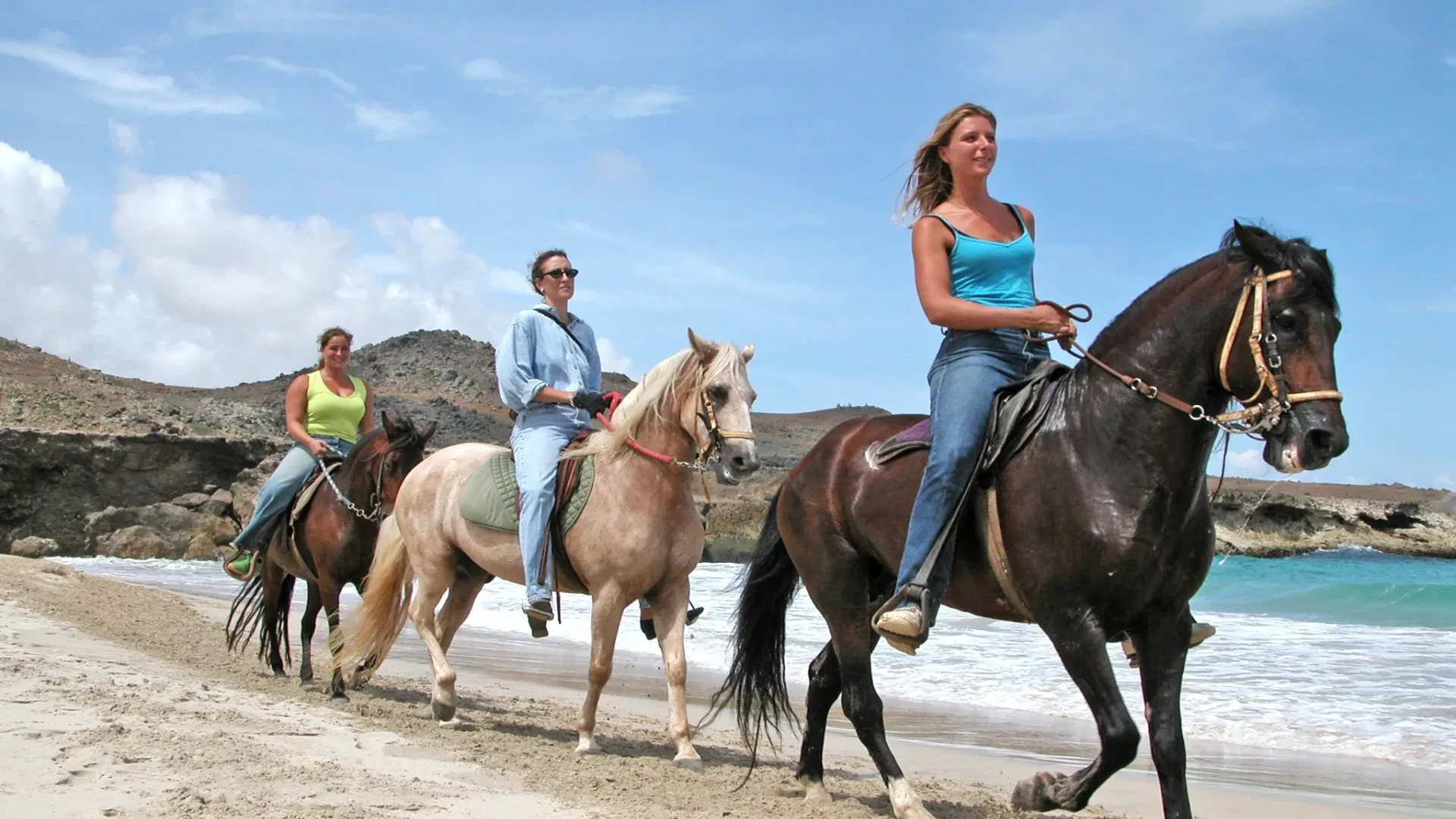Levente
Been there. Done that.
Been there. Done that.
Share

Lince’s Cove is a small, rocky beach on the Aruba’s northeast coast, located right next to Pearl Cove. It’s a little wider than its neighbor, but still has the same rough waves, scattered debris, and complete lack of facilities. There’s no safe swimming or snorkeling here.
Lince’s Cove is another small and remote beach along Aruba’s northeast coast, located right next to Pearl Cove. It’s slightly wider than its neighbor but still has no shade, no facilities, and no safe swimming.
Like the other coves in this area, the waves crash hard against the rocks, and the beach is often scattered with debris. There’s nothing to do here beyond a quick stop if you’re exploring the wild side of the island by 4x4.
There’s nothing organized to do at Lince’s Cove itself. The beach is wider than Pearl Cove but still rocky and unsafe for water activities. It works best as a quick stop along the northeast coast when combined with other attractions in the area.
The wider sandy patch framed by limestone cliffs makes for decent photos. It shows off Aruba’s raw northeast coast, especially when the waves crash into the rocks.
A short drive from Lince’s Cove, the Bushiribana Gold Mill Ruins are one of Aruba’s most iconic historic landmarks. The crumbling stone structure against the desert-like landscape makes for dramatic pictures.
Close by is the Natural Bridge site. While the original bridge collapsed in 2005, the remains and the nearby Baby Bridge are still popular stops for travelers exploring Aruba’s wild side.
On the road toward the coves, you can visit the Aruba Ostrich Farm. It’s a fun place to feed and learn about ostriches, offering a quirky detour before heading deeper into the northeast coast.
For a more active experience, horseback tours from The Gold Mine Ranch take you through dunes, rocky trails, and along the coast near the ruins. It’s one of the most unique ways to explore Aruba’s rugged side.
Snorkeling is not possible at Lince’s Cove. The beach may be slightly wider than Pearl Cove, but the strong surf and rocky bottom make it unsafe to enter the water. There are no reefs, coral patches, or marine life here, and visibility is poor due to constant waves.
If you want to snorkel in Aruba, head to the calmer west coast. Malmok Beach, Tres Trapi, and Boca Catalina are among the best snorkeling spots on the island, with shallow reefs, colorful fish, and calm turquoise waters perfect for swimming.
There are no restaurants, bars, or grocery stores at Lince’s Cove. The area is completely undeveloped, so if you plan to stop here, make sure to bring your own water and snacks. The only nearby option is a small roadside bar.
Thirst-Aid Station is the closest place to grab a cold drink or light snack while exploring Aruba’s northeast coast. It’s not a full restaurant, but it’s a quirky stop that fits perfectly into an off-road adventure.
There are no hotels or resorts directly at Lince’s Cove — it’s far too remote and undeveloped. The closest options are small villas and apartments inland around Noord, which give you a quiet base with easy driving access to both the northeast coast and the island’s main beaches.
Koeriboeri offers rustic eco-lodges surrounded by natural scenery. It’s a peaceful retreat with plenty of space, making it a good fit for families or travelers who want to escape the busier resort areas.
This modern guesthouse in Noord has simple but comfortable apartments. Couples appreciate the quiet setting and convenient location for exploring both the rugged and tourist sides of Aruba.
A practical and affordable option, Palm Garden Apartments provides self-catering units that are ideal for budget-conscious travelers looking for independence.
Lince’s Cove is too isolated to make sense as a base, but staying in Noord gives you flexibility to explore both the northeast coast and the popular beaches on the west side. For most visitors, though, Palm Beach or Eagle Beach are still the best overall areas to stay.
Lince’s Cove sits on Aruba’s northeast coast, right next to Pearl Cove and just a short walk from the Natural Bridge. The access road is unpaved, but you don’t need a 4x4 if you’re only coming here from Ayo district. A regular rental car can handle the drive if you go slowly. However, if you plan to continue along the entire northeast coast, keep in mind that some stretches beyond this area do require a proper 4x4.
Cruise passengers don’t usually visit Lince’s Cove on their own. Most see it as part of a jeep or UTV tour that includes the Natural Bridge. If you go independently, you can rent a car at the port or take a taxi to the Natural Bridge. From there, it’s just a short walk to the cove.
From the airport, head east through Oranjestad toward Santa Cruz, then follow the signs for the Natural Bridge. The last stretch is a dirt road but manageable in a regular car if you drive carefully.
From the resort strip, drive south through Oranjestad, then head inland toward Santa Cruz. Follow the road to the Natural Bridge, and from there it’s only a short walk to Lince’s Cove.
You can take a taxi to the Natural Bridge and then walk to the cove, but drivers won’t know the beach by name. Always tell them “Natural Bridge.” Pre-arrange your return drive because taxis don't wait around at the Natural Bridge.
There is no public transportation to Lince’s Cove.
If you’re only going to the Natural Bridge and nearby coves like Lince’s, a regular car is fine as long as you drive slowly. For exploring the entire northeast coast, a 4x4 is required.
You can park at Lince’s Cove for free. There’s no designated parking directly at the cove, just a sandy patch.
Lince’s Cove is on Aruba’s remote northeast coast, right next to Pearl Cove.
Lince’s Cove is known for being a small, rocky beach slightly wider than Pearl Cove, but just as undeveloped.
You can only reach Lince’s Cove via dirt tracks. There are no signs or facilities.
From Port of Oranjestad, it’s about 22 km (13.5 miles), a 35–40 minute drive. Taxis generally won’t know the name of the place so tell them the Natural Bridge.
No, swimming at Lince’s Cove is unsafe due to strong waves and a rocky shoreline.

Creating this travel magazine takes an insane amount of time and money. If you’ve found it useful and would like to support me in helping other travelers like you, your donation would go a long way. Thanks, you’re the best!
